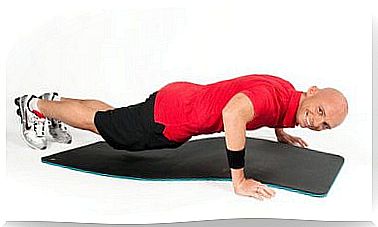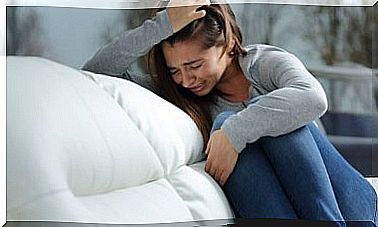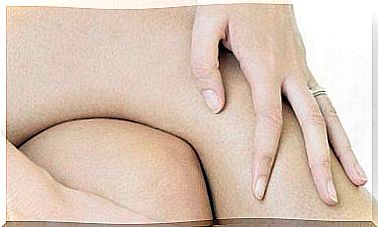Muscle Tear: Causes And Types
Muscle tear is a pathological condition also known as a fibrillar tear. All muscles are made up of small fibers that exert movements following cycles of contraction and relaxation. However, there are situations in which the fibers are not able to withstand the stress and break.
An example of this is performing intense exercise without prior warming up. When this happens, the patient perceives pain in the area of the injury and is usually accompanied by a hematoma due to the rupture of the blood vessels responsible for supplying the muscular structures.
Types of muscle tear
It is classified on a scale of severity, according to its extension:
- Fibrillar or grade 1 rupture. It is the most common type. The tear occurs at the level of the muscle fibrils and is microscopic. Therefore, conventional imaging tests are not useful for diagnosis. However, the patient has severe pain, a whiplash, which prevents mobility of the affected area.
- Partial or grade 2 tear . In this type of tear, the physical examination of the patient is key when making a diagnosis. The injured region is deformed and sunken. Being more intense, imaging techniques can be used. The most recommended is skeletal muscle ultrasound. The tear and associated bruise are clearly visible.
- Total or grade 3 tear. The patient in these cases presents deformity, immobility and intense pain in the injured area. Surgery is the only effective treatment since the ends of the broken fibers must be sutured to avoid further tearing.
Possible causes of muscle tear
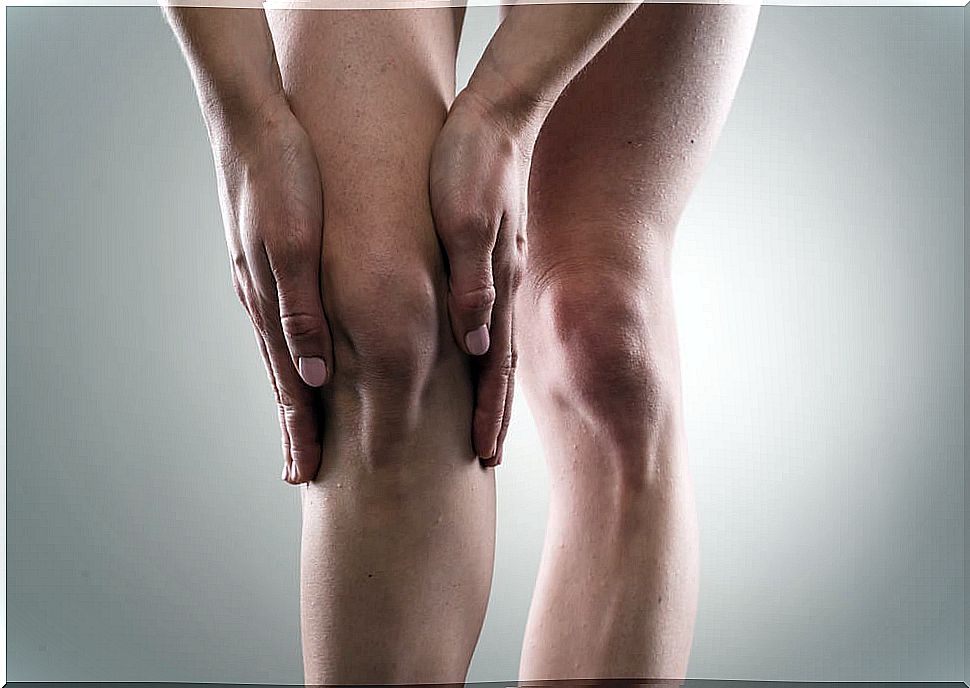
The causes of fibrillar rupture are different depending on the type of injury. In grade 1 (fibrillar break) and in grade 2 (partial break) it occurs due to overstretching situations where the stress exceeds the resistance of the fibrils.
It is very common for it to appear during sports practice if a good previous warm-up has not been done. In grade 3 (total tear), the injury is caused by a direct trauma that breaks the muscle in the area that receives the impact.
Treatment of muscle tear
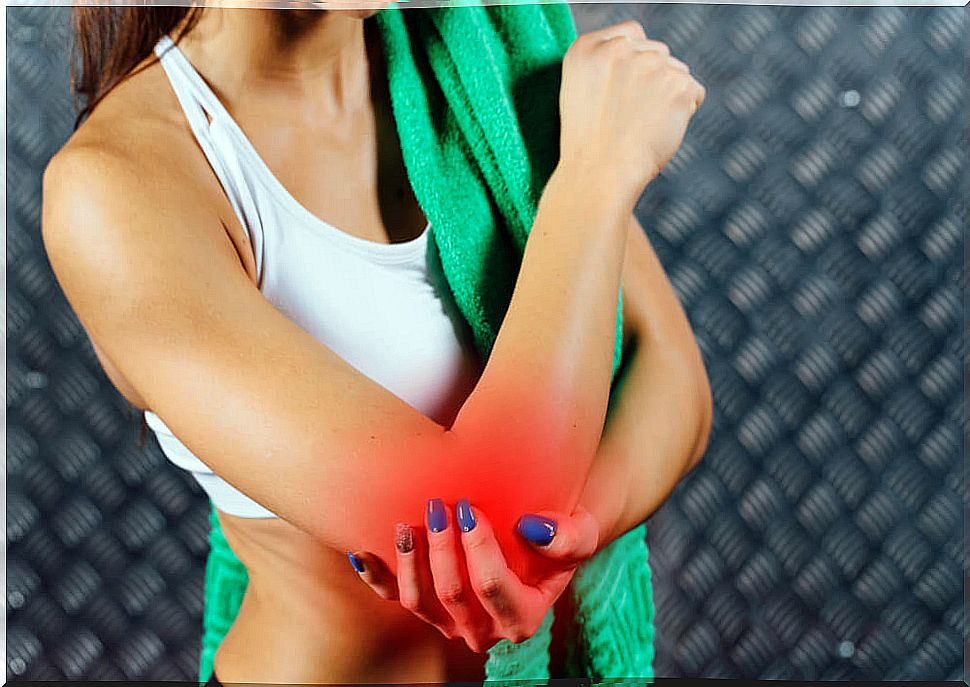
Like the causes, treatment varies depending on the degree of injury. When the patient has a grade 1 or grade 2 tear, treatment is based on rest.
After two or three days from the moment of the injury, it is recommended to combine rest with rehabilitative therapy and physical therapy.
When the muscle tear is total or grade 3, the treatment is always surgery. It is also accompanied by rest and physical therapy. Full recovery is only achieved when there is a surgical intervention involved.
Cold application is recommended because it calms pain and helps reduce inflammation, something essential to avoid pressure on the injured area. Now, when it comes to applying heat, you have to be more careful. Although heat helps increase blood flow and provide relief, it is only beneficial when the affected fibers begin to stretch.
In all cases of muscle rupture, a compression bandage must be made to prevent the tear from becoming larger.
Once the first 3 days have passed, electrostimulation and other muscle unloading techniques are applied. The goal is to avoid contractures and overloading the injured fibers.
As the patient improves, the possibility of draining the affected area is considered to reduce compression of structures due to inflammation.
Prevention and recommendations

At the slightest suspicion of muscle breakage, it is important to go to the doctor’s office. In the case of muscle tear, time is an important factor in avoiding further injury.
Whenever you are going to practice sports, it is advisable to warm up beforehand and stretch the group of muscles to be worked well . In addition, when sports practice is of high intensity it is necessary to hydrate often.
The isotonic drinks are a good choice to restore electrolytes lost during exercise and avoid cramps, contractures and muscle tears. Similarly, at the end of the activity the person must stretch the muscles again to prevent injury.

